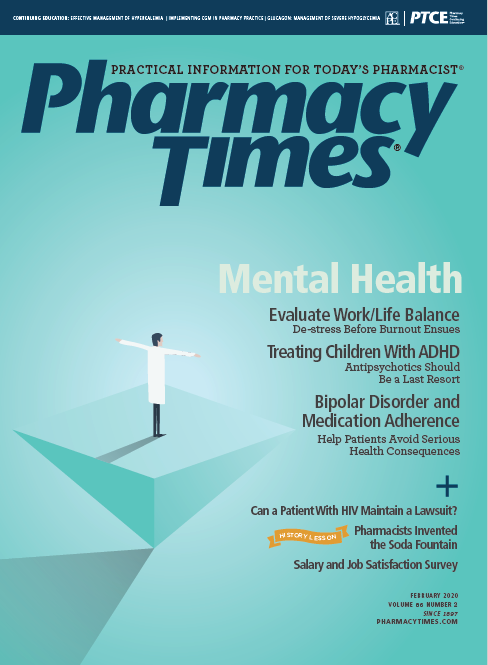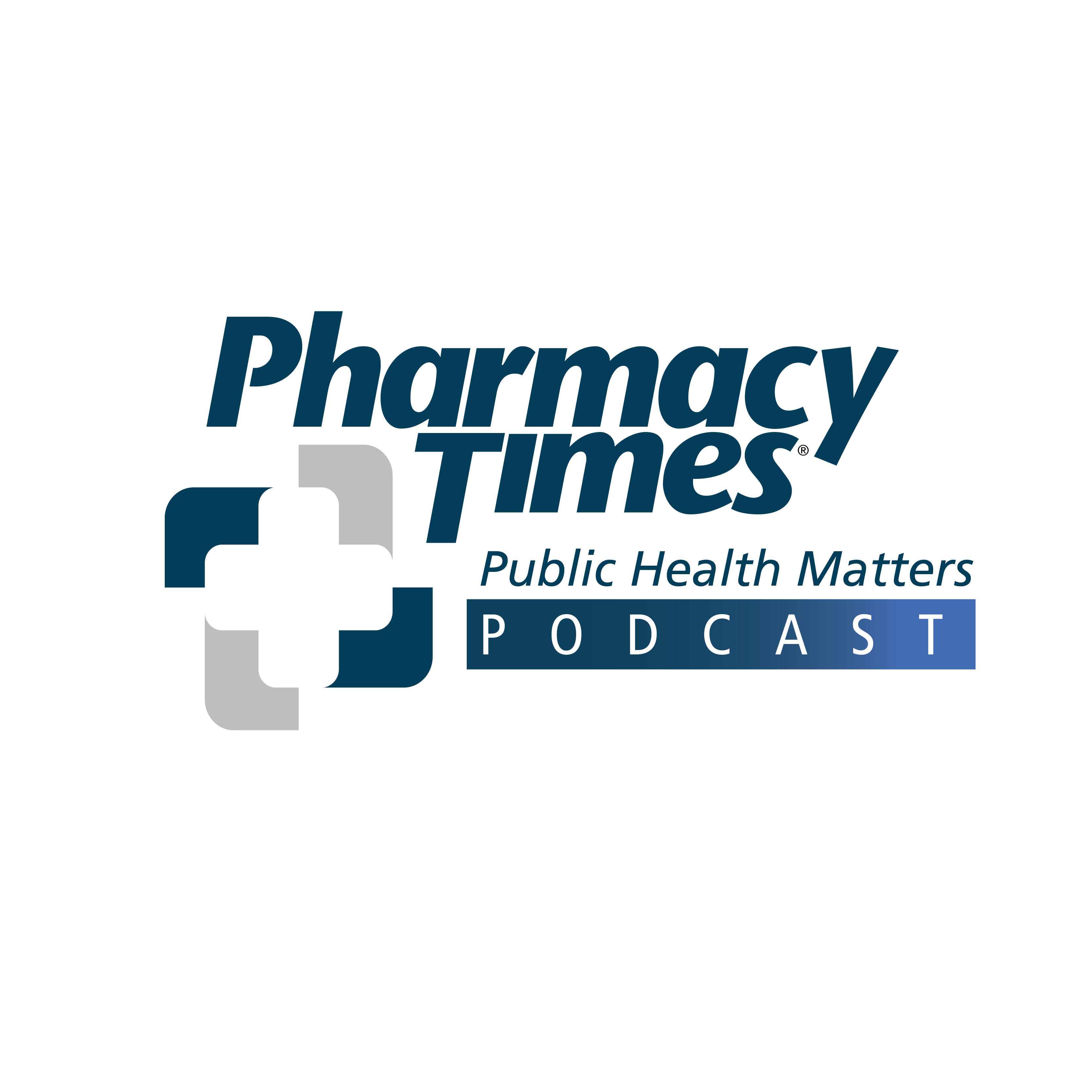Publication
Article
Pharmacy Times
Clinical Pharmacology Update: Xenleta from Nabriva Therapeutics
Author(s):
The FDA has approved Xenleta (Lefamulin, from Nabriva Therapeutics) for the treatment of adults with community-acquired bacterial pneumonia (CABP) caused by susceptible microorganisms.
The FDA has approved Xenleta (lefamulin, from Nabriva Therapeutics) for the treatment of adults with community-acquired bacterial pneumonia (CABP) caused by susceptible microorganisms.1
Pneumonia is the fifth leading cause of hospitalization and one of the leading causes of infection-related death, with about 5 million cases occurring in the United States each year. Xenleta displays in vitro activity against the most common atypical, gram-negative, and gram-positive pathogens associated with CABP.2 To maintain its effectiveness and reduce the development of drug-resistant bacteria, treatment with Xenleta should be used only in patients with infections that are proven or strongly suspected to be caused by bacteria. It is available in both intravenous (IV) and oral formulations.1
PHARMACOLOGY AND PHARMACOKINETICS
Xenleta is a systemic pleuromutilin antibacterial agent that inhibits bacterial protein synthesis. It reaches peak plasma concentrations 0.88 to 2 hours after oral administration and has an elimination half-life of about 8 hours. The pharmacokinetics of Xenleta are not affected by age, race, renal impairment, sex, or weight of patients receiving hemodialysis. Xenleta is primarily metabolized by cytochrome P450 3A4 (CYP3A4).1,2
DOSAGE AND ADMINISTRATION
The dose of Xenleta for IV administration is 150 mg every 12 hours for 5 to 7 days, with a dose reduction to 150 mg every 24 hours for patients with severe hepatic impairment. When given intravenously, Xenleta should be infused over 60 minutes. The dose for oral administration is 600 mg every 12 hours for 5 days and should not be used in patients with moderate or severe hepatic impairment. If clinically appropriate, patients receiving the IV formulation can be switched to the oral formulation to complete the treatment course. The tablet should be swallowed whole with 6 to 8 ounces of water at least 1 hour before or 2 hours after a meal.1
CLINICAL TRIALS
The approval of Xenleta was based on 2 double-blind, double-dummy, multicenter, multinational, noninferiority, randomized trials of a total of 1289 adults with CABP. Trial 1 compared 5 to 10 days of Xenleta with 7 to 10 days of moxifloxacin, with the addition of linezolid to moxifloxacin for the patients in whom methicillin-resistant Staphylococcus aureus was suspected at the time of screening. Both groups began treatment with the IV formulation and had the option to switch to the oral formulation after 3 days of treatment if clinically appropriate. The study found Xenleta to have comparable efficacy with moxifloxacin, either with or without linezolid. Trial 2 compared 7 days of oral moxifloxacin with 5 days of oral Xenleta and found Xenleta to have comparable efficacy with moxifloxacin over a shorter course of therapy.1,2
CONTRAINDICATIONS, WARNINGS, AND PRECAUTIONS
The use of Xenleta is contraindicated in patients with known hypersensitivity to the pleuromutilin class drugs or any of the components of the medication. It is also contraindicated during concomitant use of CYP3A substrates that prolong the QT interval.
Xenleta should not be used in patients with known QT prolongation, ventricular arrhythmias including torsades de pointes, and those using medications that prolong the QT interval. Because Xenleta may cause fetal harm, women of reproductive potential should have their pregnancy status verified before beginning the medication and use effective contraception during treatment and for 2 days after the final dose. If Xenleta is used in a woman who is breastfeeding, she should pump and discard the breast milk during treatment and for 2 days after the final dose. Clostridium difficile—associated diarrhea has been reported with use of nearly all antibacterial agents, including Xenleta, and may occur more than 2 months after the treatment course has been completed.
The use of Xenleta injection or tablets should be avoided during concomitant use of moderate or strong CYP3A inducers or P-glycoprotein (P-gp) inducers unless the benefit outweighs the risk. Xenleta tablets should not be given during treatment with strong CYP3A inhibitors or P-gp inhibitors. The patient should be monitored for adverse effects (AEs) if the tablets are given concurrently with moderate CYP3A inhibitors, P-gp inhibitors, or midazolam and other sensitive CYP3A substrates.
The most common AEs (incidence ≥2%) with Xenleta injection are administration site reactions, headache, hepatic enzyme elevation, hypokalemia, insomnia, and nausea. With Xenleta tablets, the most common adverse reactions (incidence ≥2%) are diarrhea, hepatic enzyme elevation, nausea, and vomiting.1
Monica Holmberg, PharmD, BCPS, earned her PharmD at the University of Connecticut in Storrs and completed an ambulatory care residency at the Phoenix VA Health Care System in Arizona. Her practice has also included pediatrics and inpatient mental health. She lives in Phoenix.
REFERENCES
- Xenleta [prescribing information]. King of Prussia, PA: Nabriva Therapeutics US, Inc; 2019. https://www.xenleta.com/pdf/xenleta-prescribing-information.pdf. Accessed September 11, 2019.
- Nabriva Therapeutics receives U.S. FDA approval of Xenleta (lefamulin) to treat community-acquired bacterial pneumonia (CABP) [news release]. Dublin, Ireland: Nabriva Therapeutics plc; August 19, 2019. https://www.investors.nabriva.com/news-releases/news-release-details/nabriva-therapeutics-receives-us-fda-approval-xenleta Accessed September 11, 2019.







